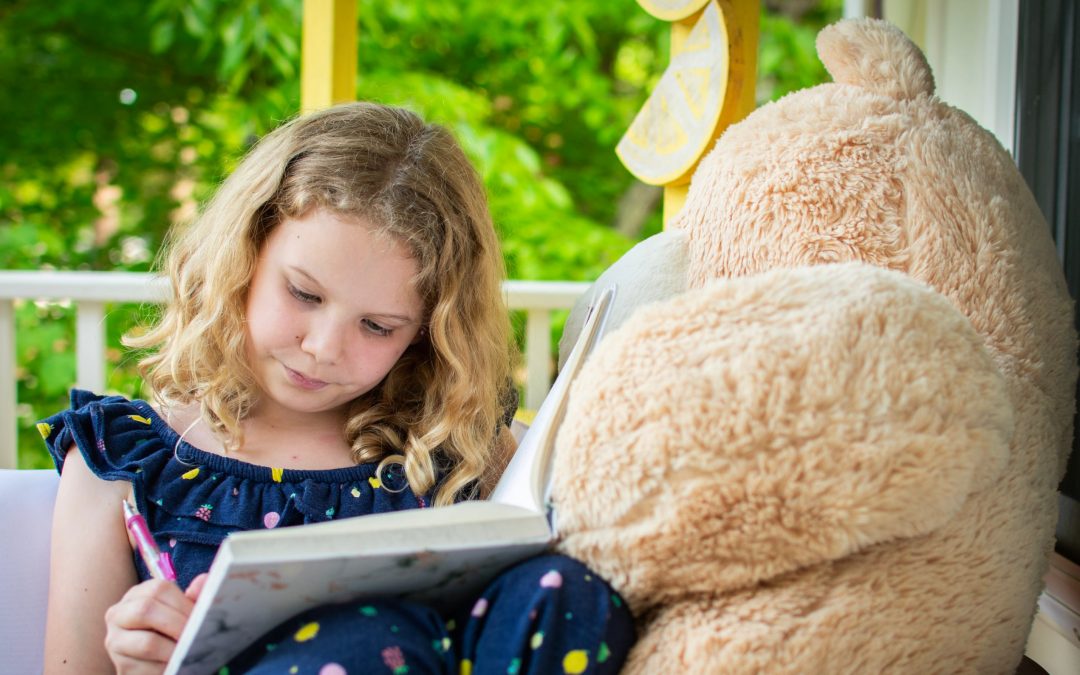
How to Magically Improve Your Child’s Literacy
When our kids were in 2nd grade, kindergarten, and preschool, my husband’s job sent him to San Diego for six weeks. The kids and I decided to tag along. To give us plenty of freedom to explore during the day, we decided to homeschool. We used workbooks and some learning targets the teachers shared with us as a guide, but for the most part, we were winging it.
There was one activity in particular I believe helped the kids make the most strides in learning to read and write. Knowing how young they were, I was afraid they would forget that incredible trip and all the fun things we did together. For that reason, I gave them each a notebook so they could write about our experiences. One hiccup: our youngest two couldn’t write on their own. But I wanted the journals to reflect their personal thoughts and feelings, which required some creativity.
First, I had each of the kids dictate to me what they wanted to say about that day’s events. I wrote down what they said in my clearest handwriting. Then, I had them copy it directly under my writing. Finally, we decorated the pages with drawings, clippings from visitors’ guides, and other fun finds to add a visual reminder of our activities.
Something about the process of speaking their own words, seeing them in print, and then writing them out themselves really clicked with each of them. Before our trip was over, our oldest’s writing had definitely improved, our middle child was able to read on his own, and our youngest was recognizing letters with greater ease. This project worked so well for us, we have repeated it with each of our kids. I highly recommend you try it with your own. It doesn’t require that you go off exploring a new city; there are plenty of other things to write about. Here are some ideas to help you get started.
Writing about COVID-19
Now that we have just begun our summer break, it’s the perfect time to have our children look back on this unprecedented year. Here are some sentence starters to help them sum up the past school year in their own words.
- I will never forget the school year 2020-21, because . . .
- Doing remote learning felt like . . .
- Having to wear a mask at school was . . .
- I wish that instead of having to . . . we could have . . .
- I was surprised that I got used to . . .
- I really liked the way my teacher . . .
- It felt harder to learn this year because . . .
- I really missed being able to . . .
- Next year I hope we can . . .
Writing about Summer Activities
Try to select outings that use as many senses as possible. This will help your children remember events more clearly and help them put words to how they felt about what they did or saw. Remember to grab ticket stubs, pamphlets, coupons, or any other small, flat, visual representation of your adventures. They will love attaching them to their journal and making it their own, unique record.
- My favorite thing about today was . . .
- (Walking through the forest) was like . . .
- I was as happy as a . . .
- I will never forget how . . .
- (Swimming in the lake) made me remember how . . .
- After a day like today, all I want to do is . . .
- I can’t believe (Mom made us) . . .
- Tomorrow I hope we get to . . .
- I’m glad to be part of this family, because . . .
Tips for Success
- You may prefer to write at the end of each day while memories are fresh. If you find that hard to fit in with your nightly routine, you can write the following morning, or even once a week. Consider setting a timer to help you remember that it’s journal-writing time.
- While your children write in their journals, you might take that time to write in yours, as well. Setting an example will make it easier for them to want to participate.
- Don’t expect perfection. This should be a fun project, not a graded one.
- The shorter the entry, the better. Keep it to a few sentences. Just cover the highlights!
- If they enjoy drawing pictures to go along with their writing, make sure to give them plenty of time to complete their sketches.
- When your children have difficulty describing the day, feel free to prompt them. Refer to the sample sentences above, or ask, “What did you think about the . . . (name a particular thing you saw, did, or ate)?”
- Allow your children to show off their journal to friends and loved ones. The feedback they receive will motivate them to keep working at it.
- Give them the chance to try their hand at similes and metaphors. They might surprise you!
- Be sure to reread old entries. Your children will enjoy reliving memorable days.
- Don’t worry about trying to make up for any missed days. Just start where you are and keep moving forward.
Our kids’ journals are a treasure, both to them and to us. It reminds us of the incredible things we saw, the exciting things we did, and just how little our children were when we explored San Diego. The fact that this project contributed to their literacy is truly icing on that delicious cake.












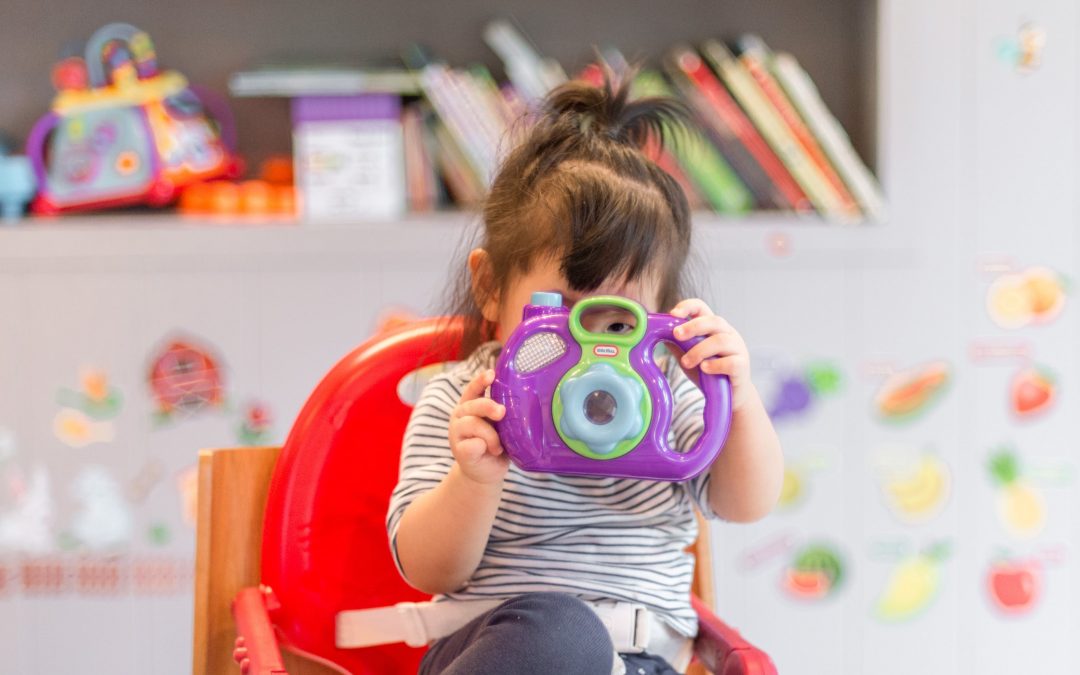




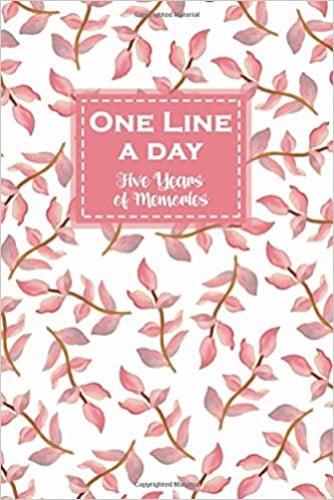





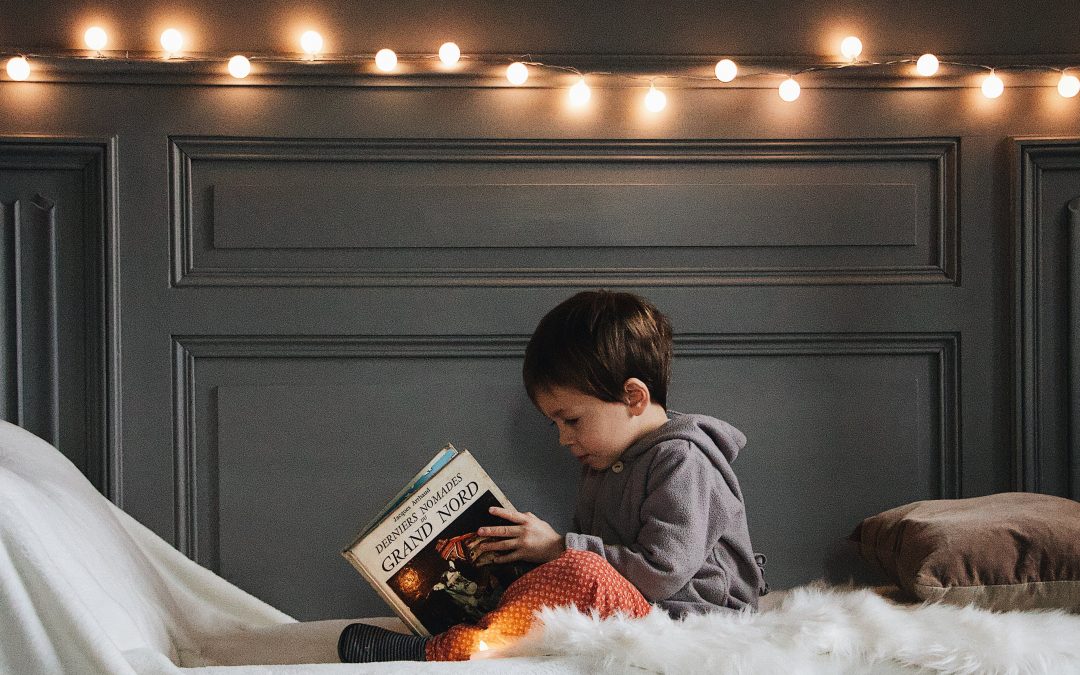



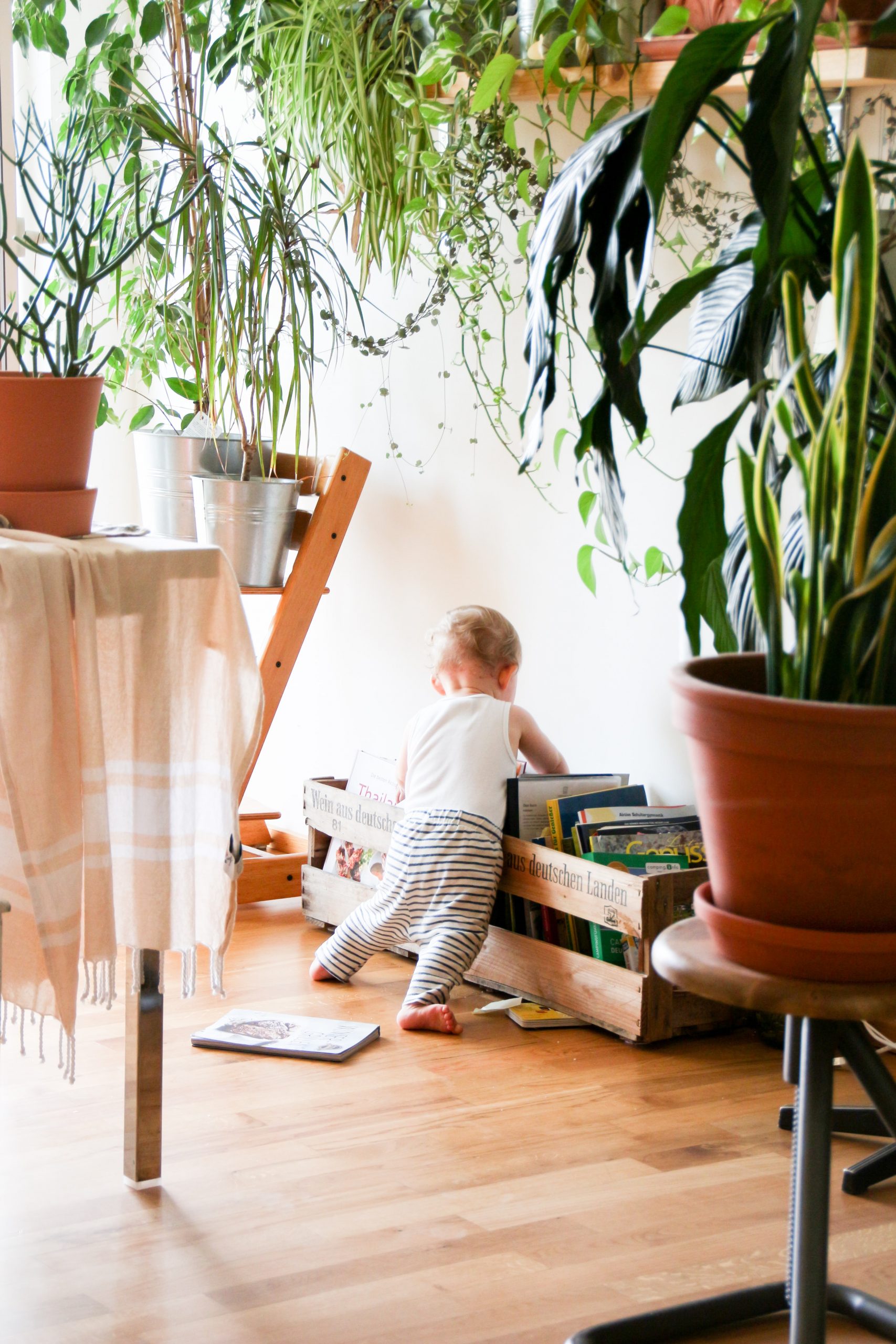

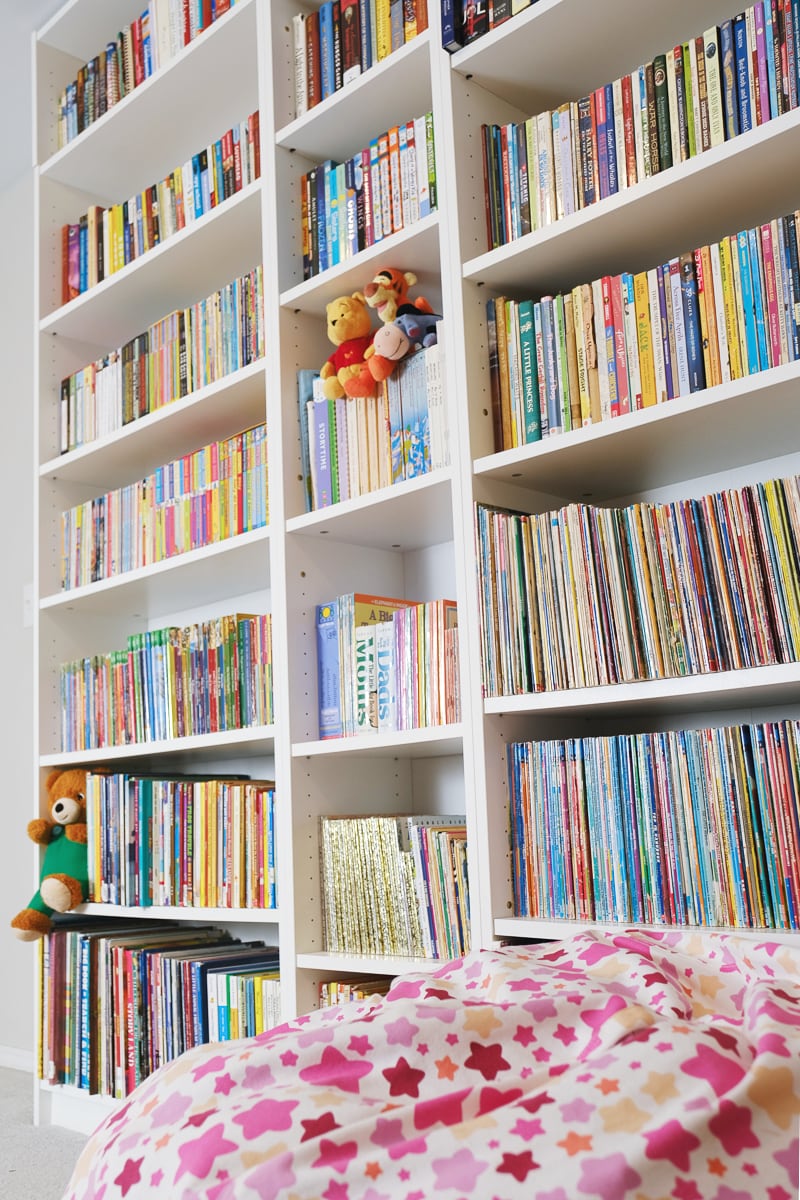

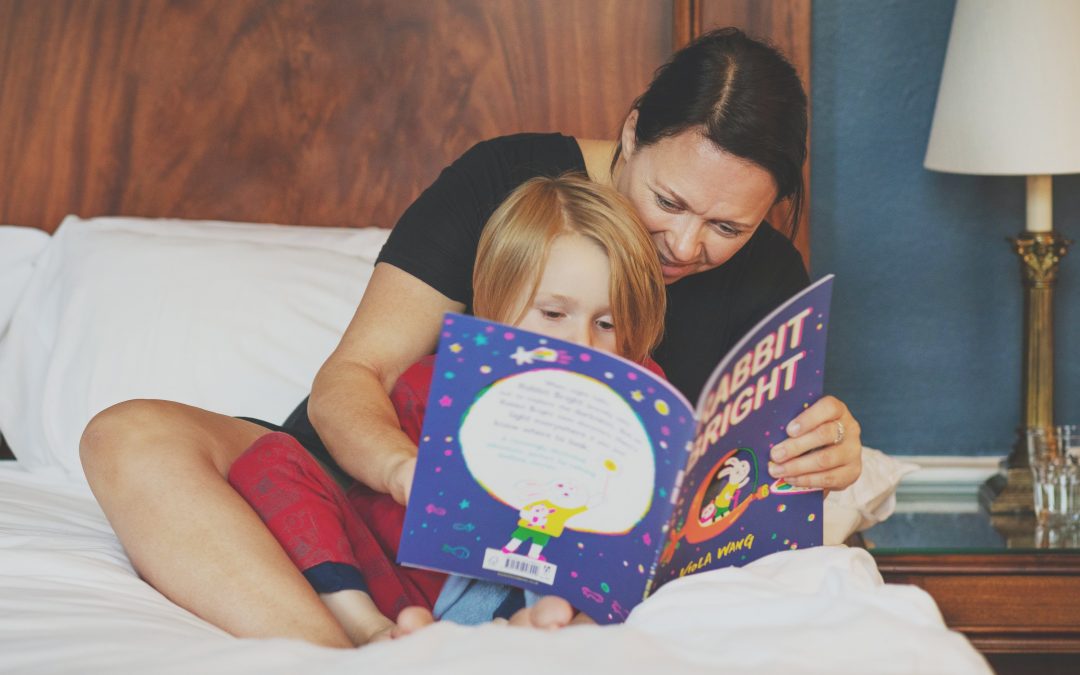





Recent Comments